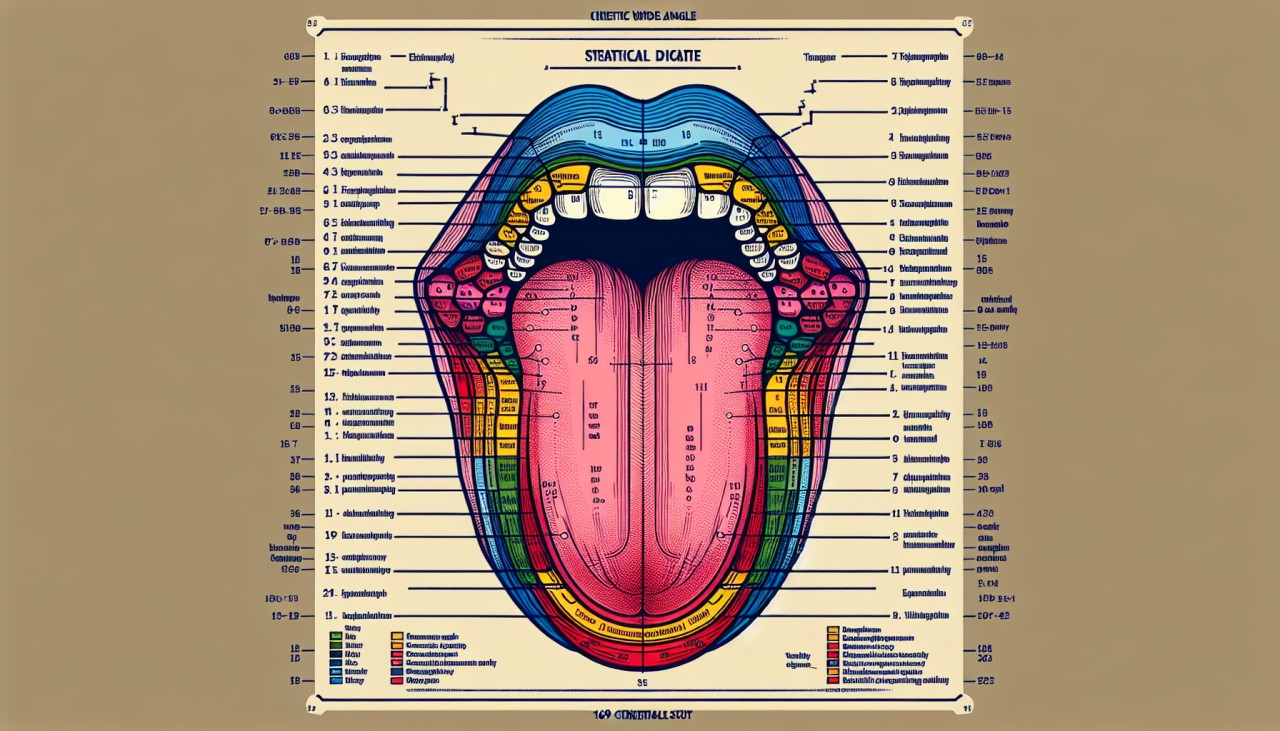


In Traditional Chinese Medicine (TCM), the tongue serves as a vital diagnostic tool, reflecting the state of internal organs and overall health. Practitioners assess various aspects of the tongue, including its color, shape, coating, and moisture, to identify imbalances in the body. For instance, a pale tongue may indicate a deficiency in Qi or blood, while a red tongue could suggest heat or inflammation. The coating's thickness and color also provide clues; a thick white coating might point to dampness or phlegm in the spleen, whereas a yellow coating could indicate heat and dampness affecting the organs. vaia.com
Modern advancements have integrated technology into tongue diagnosis, enhancing its accuracy and objectivity. Digital imaging systems capture detailed images of the tongue, allowing for precise analysis of its features. Studies have demonstrated that these computerized systems can effectively identify health conditions and disease differentiation, offering a standardized approach to TCM diagnostics. This technological integration not only supports traditional practices but also bridges the gap between ancient wisdom and contemporary medical science. pmc.ncbi.nlm.nih.gov
To incorporate tongue diagnosis into your daily health routine, consider observing your tongue each morning. Note its color, coating, and any unusual features. For example, if you notice a thick white coating, it might suggest digestive issues or dampness in the body. While this self-observation can provide valuable insights, it's essential to consult with a qualified TCM practitioner for a comprehensive assessment and personalized advice. Additionally, maintaining a balanced diet, staying hydrated, and managing stress can positively influence your tongue's appearance and overall health.